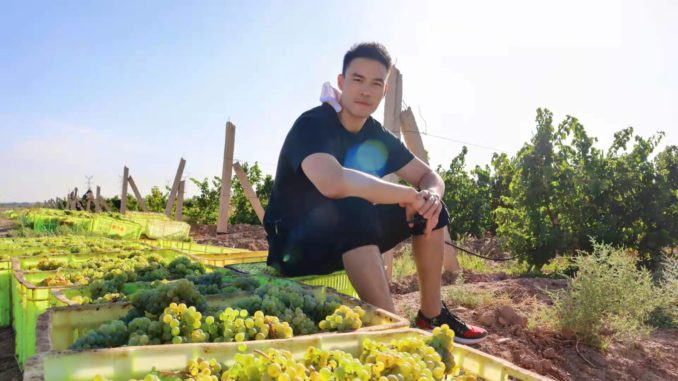
‘In Juice We Trust’ is the motto of Muti Mo, who launched natural wine bar MuST in Guangzhou two years ago this month. Mo brought wine experience from London and Paris, including as a sommelier, to the project. Then took things up a notch by heading to Ningxia last vintage to make his own wine, with a goal of showcasing the region’s acidity. The result was a natural sparkling Riesling called Bazinga under his Domaine Le Moodie brand.
In this two-part Q&8, Mo explains why he picked Ningxia (he says it is better equipped than most Old World regions), the region’s diverse terroirs (he points to one place people should keep an eye on) and the hardships he faced (he ultimately made six wines but only considered one to be worth bottling).
Check it out below. And I’ll soon post part two, which includes his experience with exploding wines, his tips for natural wine newcomers and what people can expect from his upcoming wine venue, STEM.
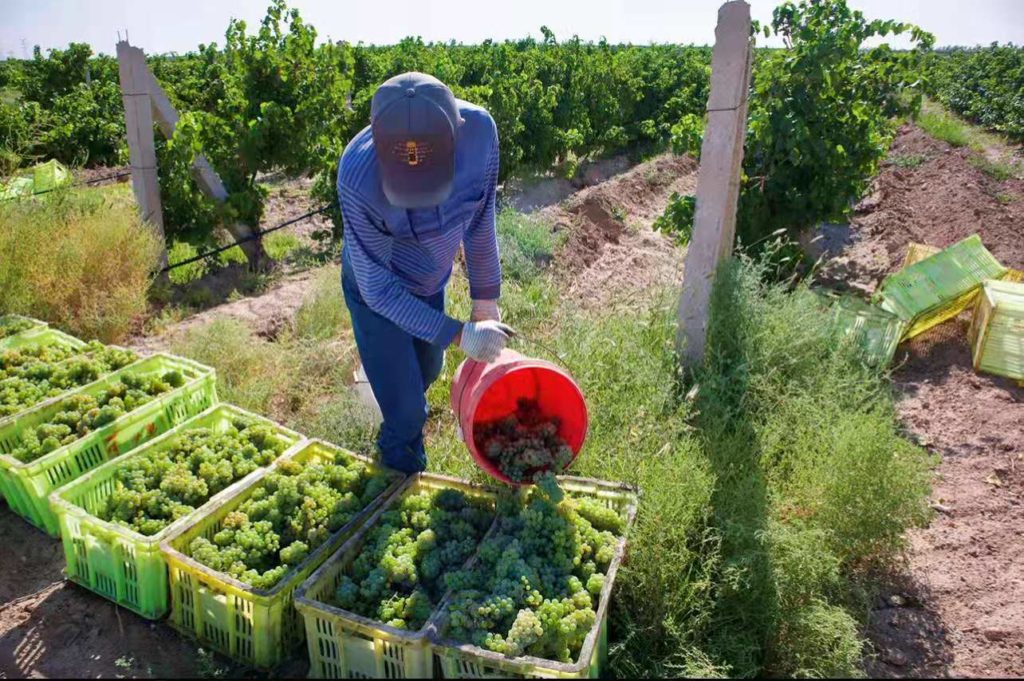
1 You made your own wine in Ningxia last vintage. Out of all of China’s wine regions, why pick that place?
For me, Ningxia is the most sophisticated wine-producing region in China. And for my first vintage, I needed that. I needed raw materials, I needed to rent a cellar and I needed a lot of supplies, so Ningxia was a natural for me.
Ningxia also shares the same latitude as Champagne. I planned to make a natural sparkling wine and the only thing I was looking for was crispiness and acidity.
A lot of friends, as well as wine professionals and wine connoisseurs and wine lovers, say Chinese wines lack acidity. In my mind, producing an acidic wine or sharp wine isn’t as challenging as people think — I could just harvest a little bit earlier or press the juice a little bit softer, so the bitterness didn’t come out as much.
For Bazinga, the whole point was to highlight Chinese acidity. And I feel like Bazinga really showed that well.
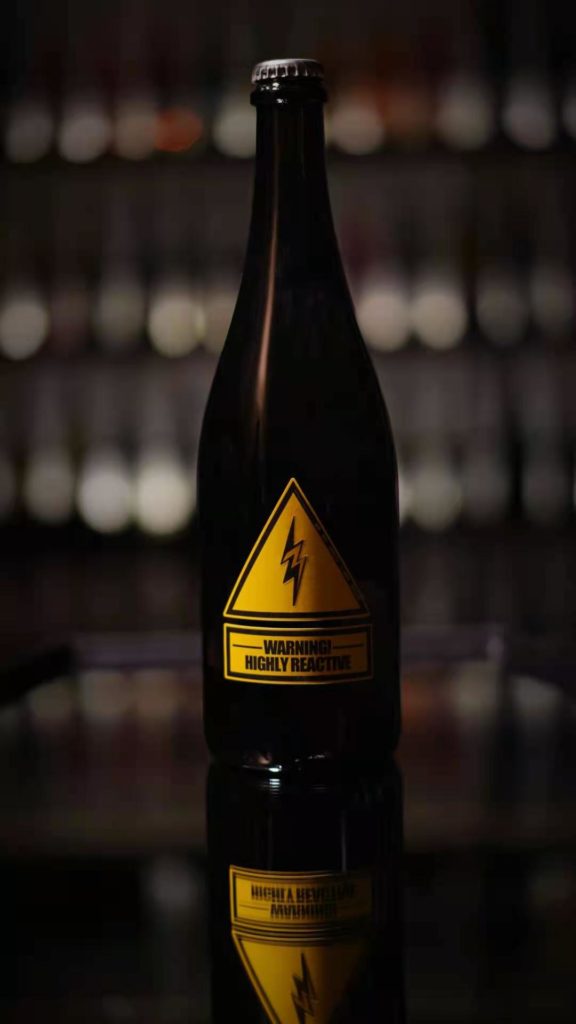
2 You made quite a few wines in Ningxia. What grapes and styles were involved, and what were the biggest challenges?
I actually made some still reds and whites and two sparkling. In the end, I only bottled Bazinga, a natural sparkling Riesling, because I was the most happy and content with it.
I actually tried sparkling Marselan and still Pinot Noir and Viognier but sold those wines [before bottling] because I felt like I didn’t harvest them at the most optimal time.
Let’s take my Pinot: it was rainy a day, a week late for harvest, so it turned out to be a little bit too ripe and jammy. And it was completely natural so it showed a little bit of the funk.
I didn’t think it was a wine fault, I just didn’t feel confident it would be right for the market, especially for my first vintage. I wanted to showcase what I came to Ningxia for, which was to produce a super crisp sparkling like Bazinga.
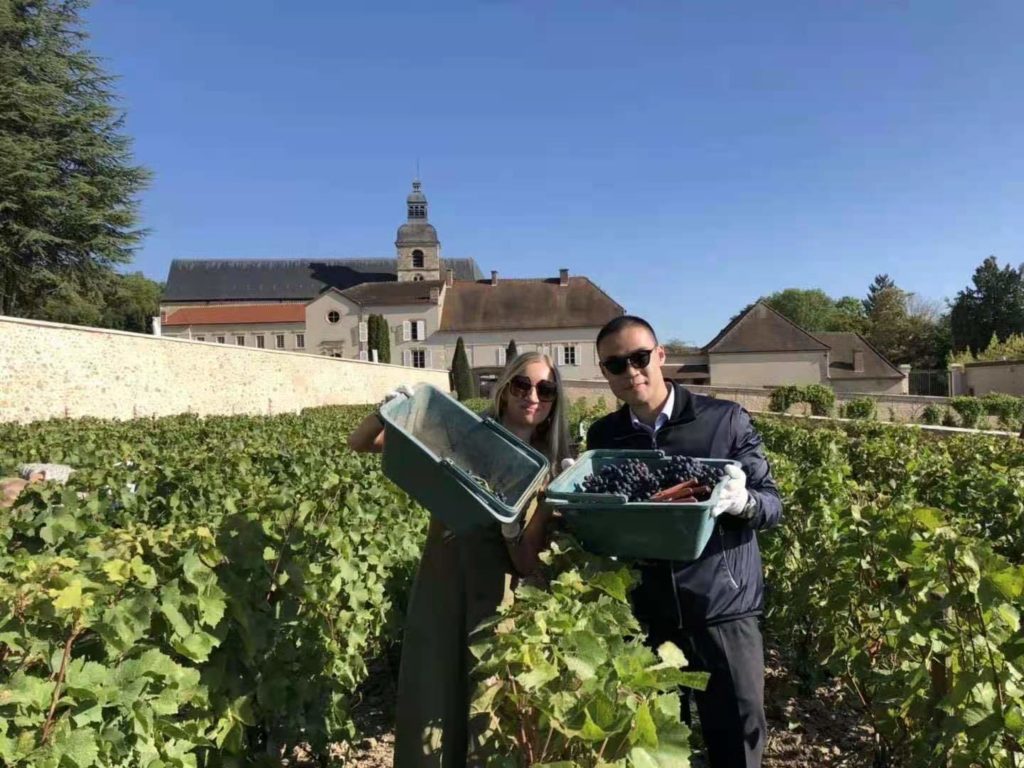
All of the wines I made were natural, nothing added. No sulfites, no added yeast. It was straight-pressed juice into tanks and natural fermentation through very strict temperature control. We manually filtered up to three to five times for some particular tanks because it was quite muddy. In the end, Bazinga is a very clean wine.
The biggest challenge with making Bazinga was finding the raw materials, the grapes. I did five tons of Riesling from Jinshan first but those grapes turned out to be too ripe and not to my standard for making crisp wine. It was funny that Jinshan Riesling was less acidic than the Qingtongxia Riesling that became Bazinga even though I harvested in two weeks earlier.
The reason is probably terroir. People always talk about how China doesn’t really differentiate terroir yet, but I’m telling you in Ningxia it differs a lot.
Even though Jinshan is further north than Qingtongxia, the hot and big rocks mean soils are very warm, especially during the hottest days of the summer. The soil base does not cool down enough at night and causes the grapes to be more ripe and less acidic than the ones in Qingtongxia.
I really think that Qingtongxia is the appellation to look out for because it has high potential for adding new varieties because of the cooler soil types.
In terms of challenges, everything else that I thought would be much harder, like renting a cellar, renting equipment and bottling, it turned out that Ningxia was actually very well equipped. Of all the wine regions I’ve been to in the world, Ningxia is one of the most sophisticated and equipped for winemaking.
That’s a very big plus in China. And I think there’s going to be a trend, I think there’s going to be a lot more independent winemakers that come to Ningxia because it is far more advanced than most of the appellations in the old world.
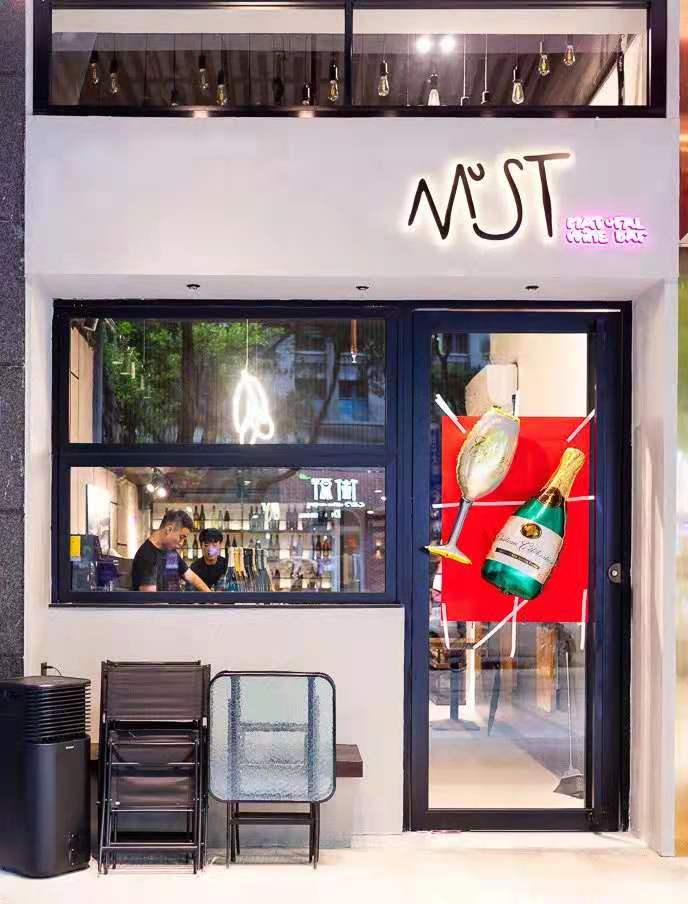
3 MUST is among the natural wine bar veterans in Guangzhou and in China. What inspired you to start this bar?
I started MUST in Guangzhou in 2020 at the beginning of the pandemic. I simply couldn’t go back to Europe, could go not back to London and Paris.
Why did I start it? I really love natural wine. I returned to China in December 2019 for three months and scouted the market in Beijing, Shanghai, Chengdu, Hangzhou and so on. I saw a couple of natural wine bars here and there, but not a lot.
And I was very confused because the wine bar concept in the Western world, in Europe and the States, it’s like having a cocktail bar around the corner. It should be available in every metropolis or sophisticated city, but that wasn’t the case in China.
So immediately I thought, okay, I could do this. But I didn’t know enough, so I scouted the market, then two months into the pandemic, in April [of 2020], I saw the right place. I rented it and I just built MUST from scratch, from styles of wine that I love, wines I actually wanted to drink myself but couldn’t find in the market.
MUST has a very special place in my heart. It’s different from the London shops I have been involved in opening, which are tailored to market niches. In Guangzhou, and China, it’s such a new market and there wasn’t a case study or market data pool where I could say, okay, people like this kind of wine, so I should do that.
Maybe there are a lot of table wines that fit the Chinese palate, but for me I wanted completely natural and fun wines that I can share with my friends. And since I can’t travel, I now have a place where I can buy a lot of the wines or import the wines that I see on Instagram, or what my friends are drinking in London and Amsterdam and New York, and share them with my friends in Guangzhou.
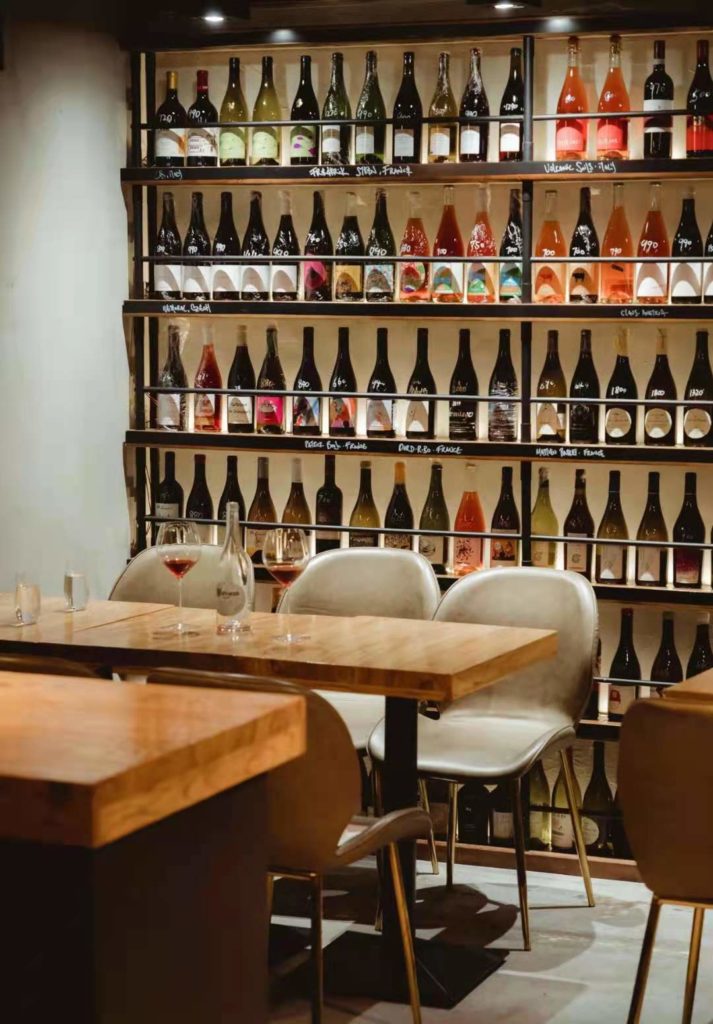
4 The wine scene changes in China quite fast. How much has changed in Guangzhou since you got into the business?
It’s exactly two years since MUST opened. How has the market in China changed?
I’ve never seen anything in my life like this. I think the wine adaptation and growth China covered in two years is equivalent to what Japan achieved in 30 years or 40 years.
I think in China the market and people learned very quickly and adapted to new flavors, to new things, to new trends. It’s crazy.
When I first opened MUST, the prices of wines we were buying were probably half of the price or even a quarter of right now. And we could get all the gems, all the unicorns people were craving for or asking for allocations for in London, Amsterdam and New York, because no one knew about these wines.
I think we were very lucky because importers here were paving the road for wine bars in 2020 and 2019, we had all the best wines in the world already coming into China.. And throughout the last two years, more and more importers popped up and are doing even crazier stuff, going into regions and countries that many other markets haven’t even tapped into, let’s say, Georgian wines, Bulgarian wines, Lebanese wines. I mean, these are wines for very niche markets and we already have those in China.
Over the last two years we’ve seen immense growth in China and I’m still trying to get my head around it. I’m trying to play catch up now as opposed to when I was first opened MuST. Back then, I knew what I wanted and I knew all the wines I was putting in my shop. But with my new shop, STEM, about to open in a month, I’m looking at new importers and haven’t tried a lot of the wine, though I can see by researching them that they are of great caliber and history.
I think we’re in a very tricky time in China. I think opening wine bars is getting easier and harder. It’s easier because there are a lot of veterans in the market you can learn from. But when you open a wine bar now you have to find a selling point, a way to differentiate it, like my experience in the London wine bar scene.
You need to find a market gap and fit into it, otherwise you will just be another MuST or SOiF or Vinism.
Opening a wine bar now is for me a lot tougher than two years ago because the market is a bit saturated, a little bit more overlapped, as opposed to 2020.
And how much does Guangzhou changed? I mean in 2020, I was the first to open and now there are six or seven natural wine bars or just wine bars in general. The growth isn’t as crazy as Shanghai or Beijing, but I don’t think that’s going to last long. I have, I think in this circle, at least 10 more wine bars or bistros popping up this year. By the end of this year, I think there’s gonna be at least like 20 or 25 places with great wine lists and places to drink.
[Part two, featuring exploding bottles, what every consumer should know about natural wine, Mo’s “ah ha” wine moment and his plans for 2022, including new venues, is coming soon. You can also check out more Q&8s here.)
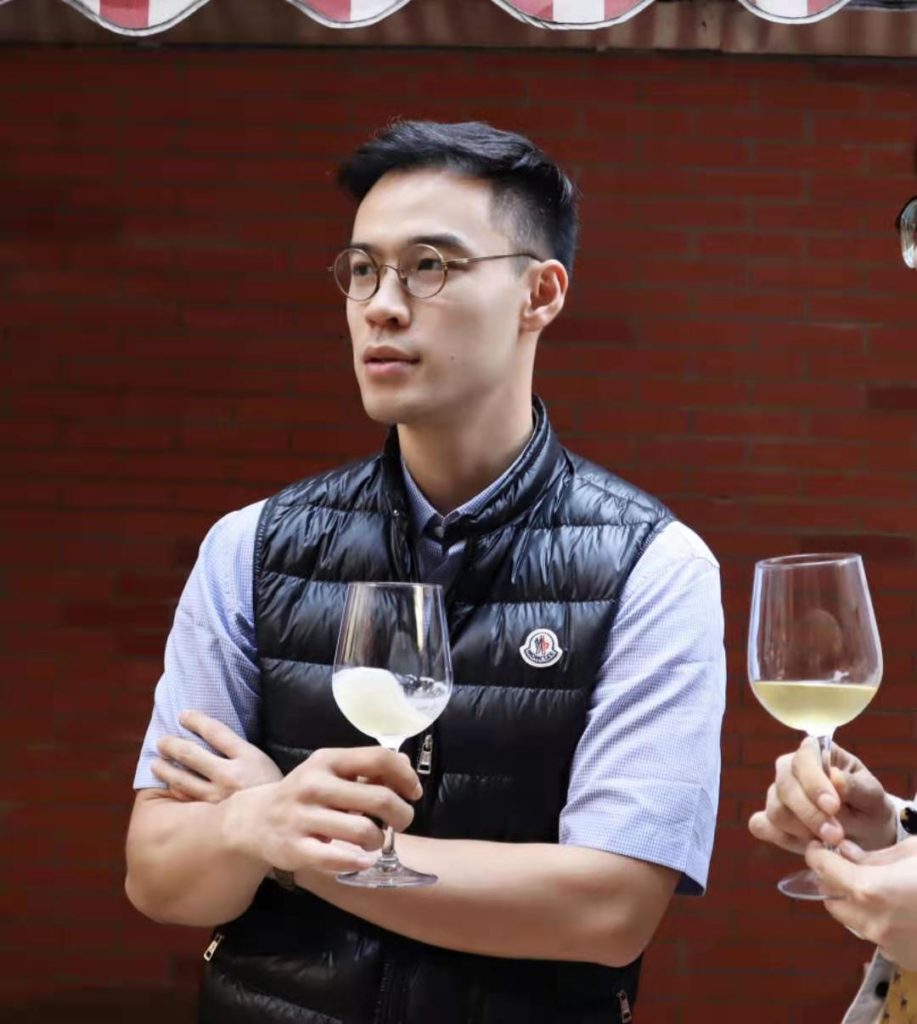
Sign up for the Grape Wall newsletter here. Follow Grape Wall on LinkedIn, Instagram, Facebook and Twitter. And see my sibling sites World Marselan Day, World Baijiu Day and Beijing Boyce. Grape Wall has no advertisers, so if you find the content useful, please help cover the costs via PayPal, WeChat or Alipay. Contact Grape Wall via grapewallofchina (at) gmail.com.
Leave a Reply
You must be logged in to post a comment.